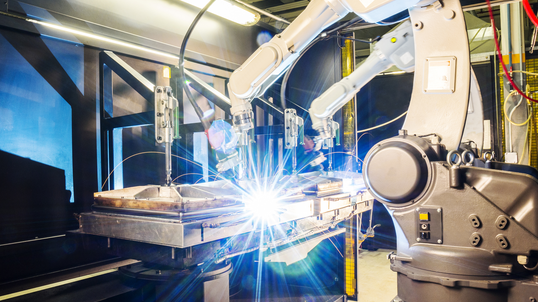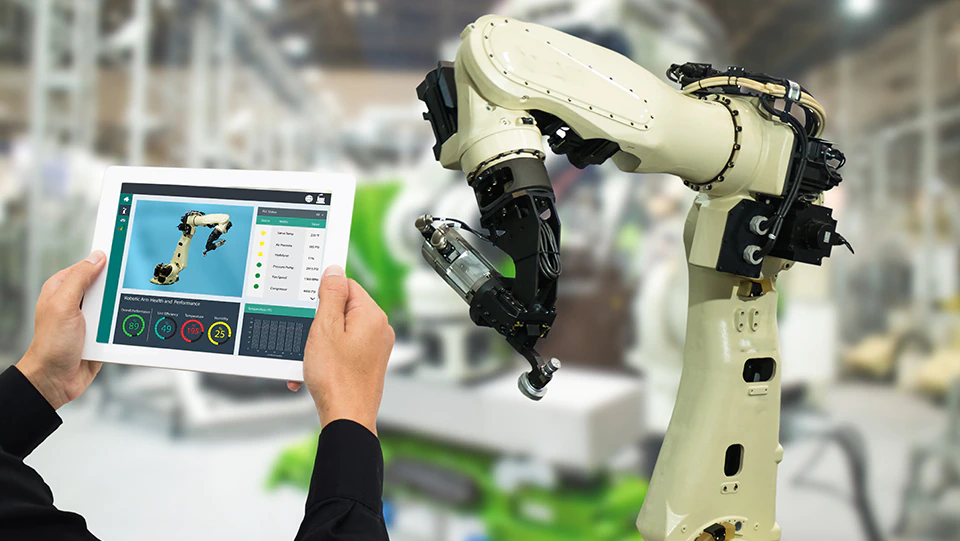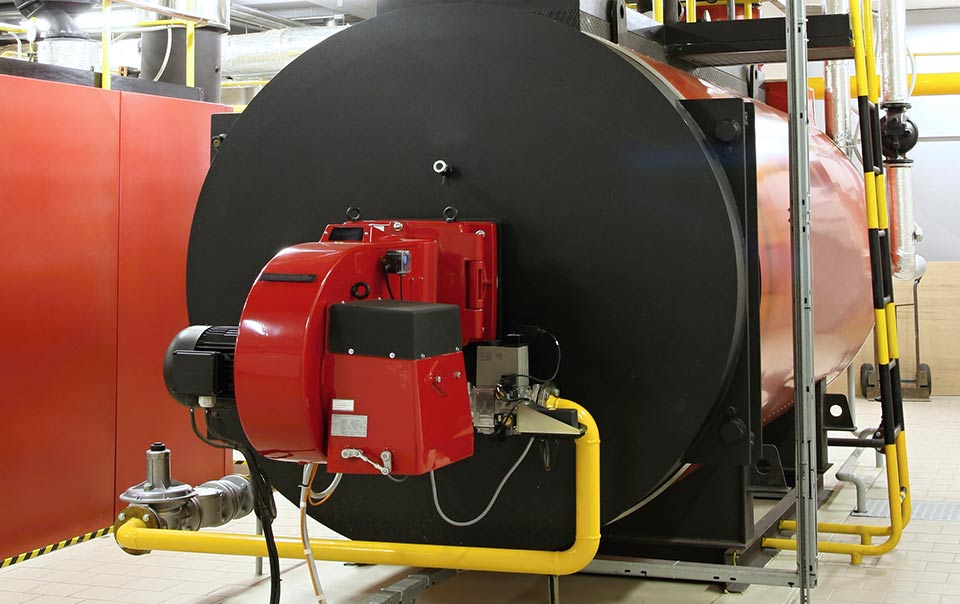Trends Shaping the Equipment Breakdown Insurance Marketplace
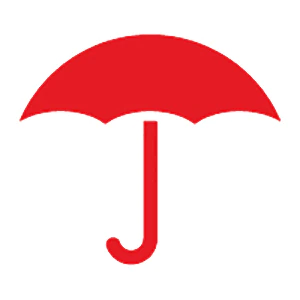
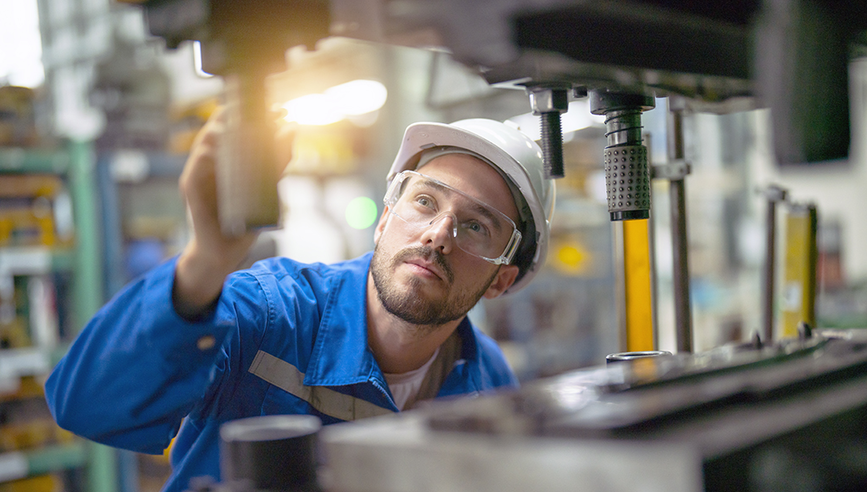
Aging infrastructure, supply chain volatility and rising labor costs continue to pressure the equipment breakdown insurance marketplace. Understanding these forces is key for organizations as they navigate their coverage needs.
1. Aging infrastructure
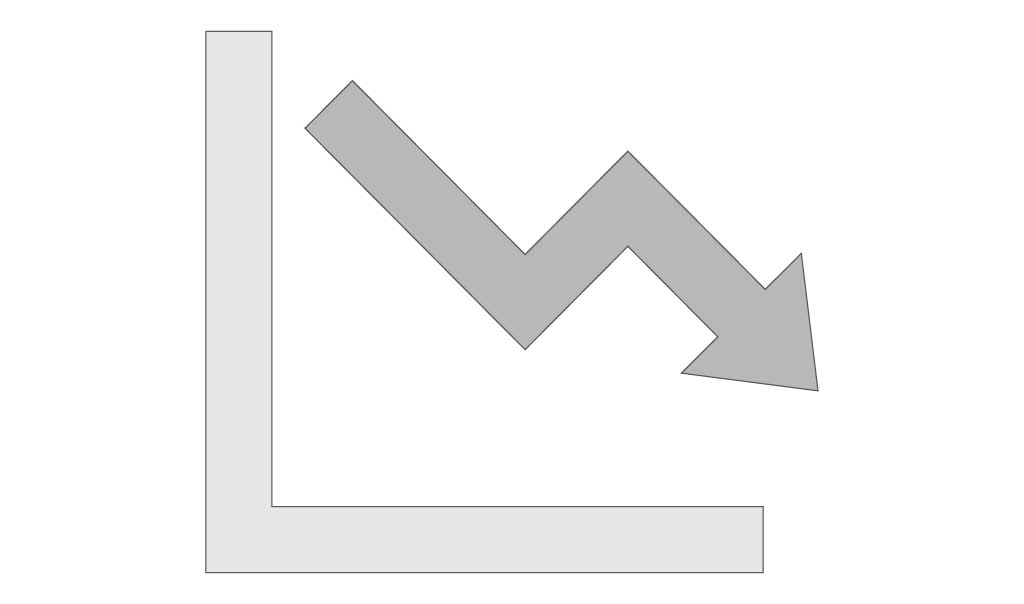
As the public and private electrical infrastructure in the United States continues to age, there will be increased exposures to breakdowns. For example, aging electrical equipment can become less reliable due to degradation of insulation over time. This can lead to additional electrical line disturbances with the potential to damage large and small electrical components. In many cases, repairs to older infrastructure components are no longer permitted by modern code requirements or are otherwise not technically feasible.
2. Skilled labor shortage
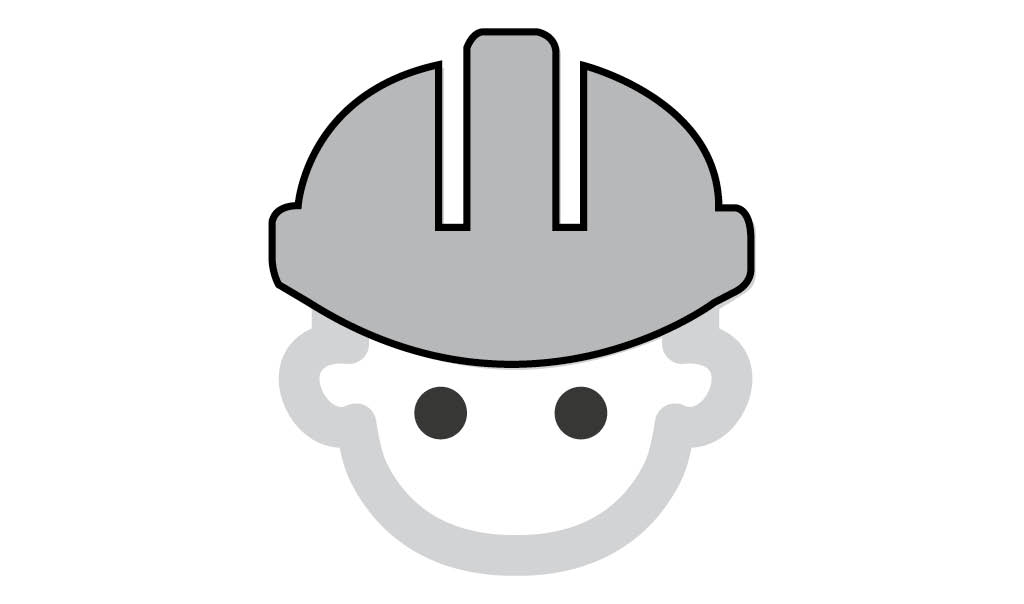
Machinery and equipment are becoming increasingly sophisticated, but a shortage of skilled technicians is making it harder for organizations to keep up with preventive maintenance, increasing the likelihood and severity of breakdowns. Today, 74% of employers report struggling to find the skilled talent they need.1 Advances in technology have added complexity, often requiring highly specialized technicians for proper diagnosis and repair. The shortage of skilled workers and high turnover contribute to more frequent equipment failures and rising loss costs over time.
3. Ongoing supply chain pressures
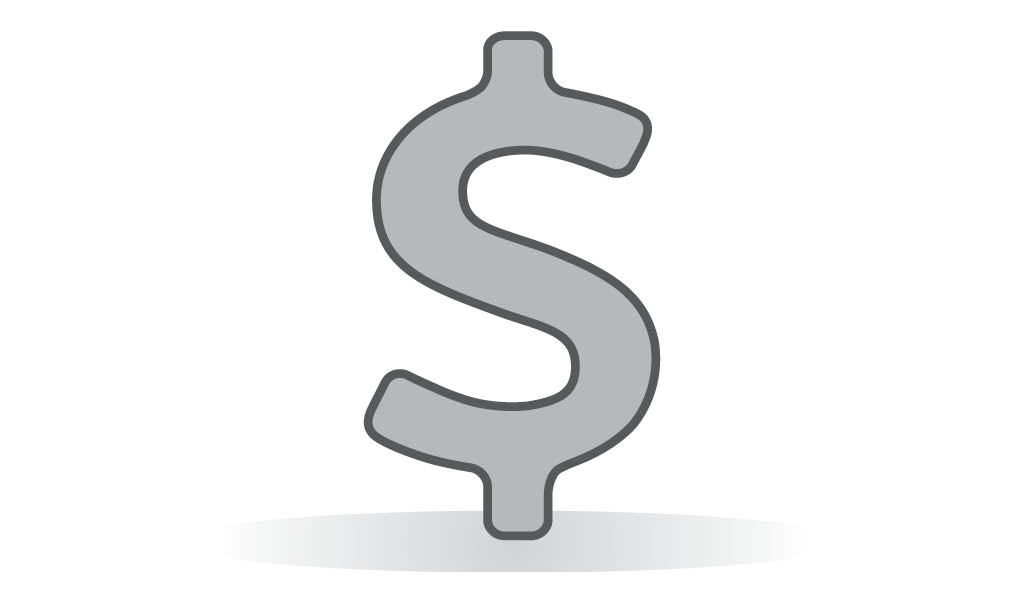
While many supply chain challenges have eased, issues persist, particularly for electrical components like transformers. Growing demand from domestic manufacturing and infrastructure projects is adding new pressure on critical equipment availability. As a result, repair and replacement timelines and costs may rise when breakdowns occur. Extended downtime has become a greater concern, with organizations increasingly facing longer-than-expected shutdowns or costly interim equipment rentals. These pressures contribute to potentially higher business income and extra expense claim costs.
4. Equipment breakdown reinsurance
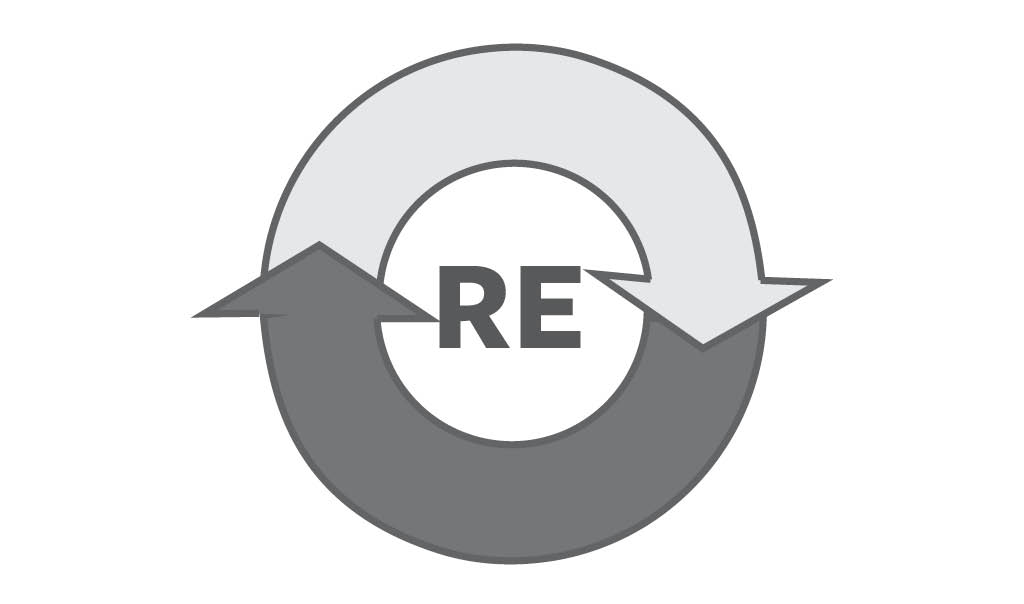
Although reinsurance capacity improved through 2024, the cost of available capacity remains elevated. For equipment breakdown coverage specifically, facultative reinsurance remains limited, driven by the specialized expertise required and a shortage of available capacity. The continued impact of catastrophic events is a major factor driving reinsurance costs, along with the increasing cost of capital, financial market volatility and inflation. Equipment breakdown coverage, often included within broader property programs, is following the same trend, contributing to costs for both treaty and facultative reinsurance.
5. Underinsurance
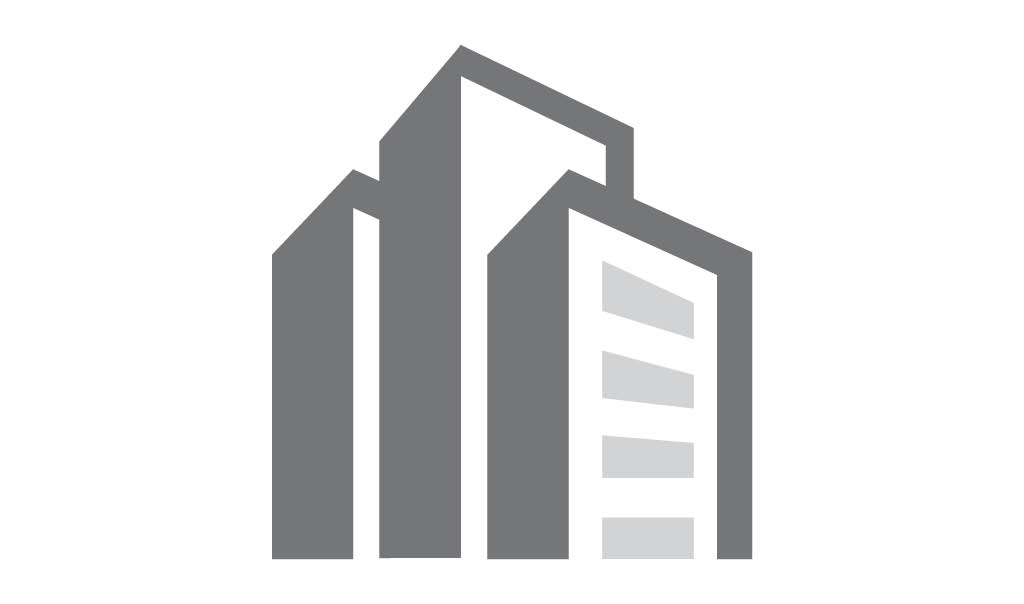
Rising equipment costs remain a significant challenge in accurately determining replacement values for insured equipment.2 After years of rising material, technology and labor costs, many organizations may still have equipment insured below its true replacement cost. It’s crucial that equipment is insured to its current replacement value to avoid coming up short after a breakdown. Organizations that have not kept pace with rising costs may face larger valuation increases needed to close the gap, risking insufficient coverage when breakdowns occur.
6. Weather-related impacts
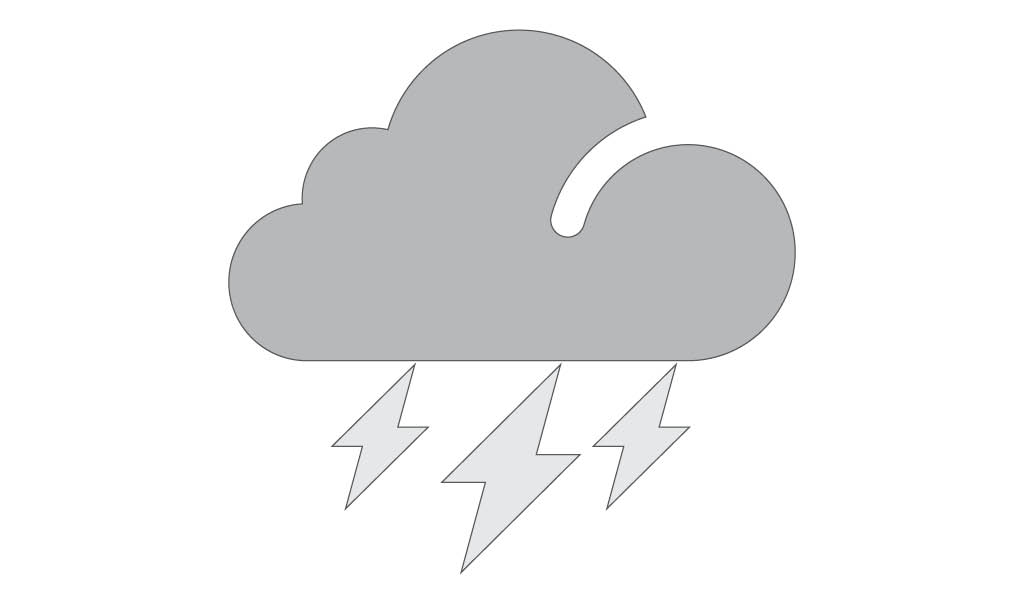
Hurricanes, floods, wildfires, tornadoes and severe convective storms continue to have a significant impact on the United States. According to the Insurance Information Institute, insured losses in the U.S. from weather-related catastrophes reached $112.5 billion in 2024.3
For additional guidance on navigating today’s evolving equipment breakdown insurance marketplace, contact your Travelers representative today.
Sources
1 https://go.manpowergroup.com/talent-shortage
2 https://www.bls.gov/ppi/detailed-report/ppi-detailed-report-december-2024.pdf
3 https://www.iii.org/fact-statistic/facts-statistics-us-catastrophes

